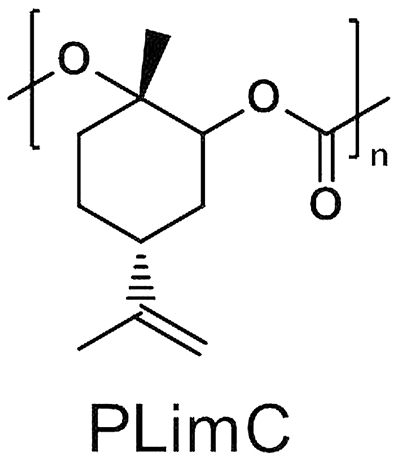Orange peel extract and carbon dioxide can synthesize new materials
A research team at the University of Bayreuth in Germany used limemonoxide (Limonenoxid) extracted from orange peel to synthesize carbon dioxide and obtained a polycarbonate material called PLimC. This kind of pure natural green material has a wide range of uses. The result was published in the journal Nature-Communications. PLimC is a special polycarbonate material synthesized from terpene oxide and carbon dioxide. It is different from general polycarbonate in that it does not contain harmful substance bisphenol A. Therefore, the new polycarbonate based on natural bio-element synthesis has a series of special properties and has special industrial application value. PLimC is heat-resistant, transparent and has high strength and is particularly suitable as a coating. The head of the research team, Professor Gretna explained: “The specific examples we have found show that PLimC is particularly suitable as a raw material, has a double bond, can be used for further targeted synthesis, and has developed many functional materials with specific properties.†PLimC-based antimicrobial polymers can be used to develop new drugs that prevent the accumulation of E. coli in humans; can be used as a container for medical treatment and care, significantly reducing the risk of infection in a hospital environment, or as a human implant material to avoid Inflammation and infection of human tissues. In addition, PLimC, which is a hydrophilic polymer raw material, has a strong interaction with water and can therefore be decomposed by microorganisms relatively quickly. It can also be used as a seawater treatment material to decompose harmful components in seawater. The future use of this material to make plastic bottles, plastic bags or other containers can greatly reduce the pollution of non-soluble plastic particles in the ocean. Dr. Hornstein, who plays an important role in the synthesis work, said: “If you want to selectively develop new materials based on PLimC, there are almost no restrictions.†He said: “The production of PLimC is simple and environmentally friendly. It is peeled from oranges. The production of orange juice and orange peel can be used for recycling, and carbon dioxide emitted from production can be used to prevent it from being released into the atmosphere. Furthermore, the development of various plastics based on PLimC will not have great technical and financial burdens. It can be ecologically sound and recyclable." Professor Gretner added: “Plastics companies often suspect that the new invention only meets technological progress and that actual production is not feasible. Our findings clearly show that this new plastic is not only environmentally friendly, but also can meet the high process production requirements." Gu Gang) Guangzhou Jointair Co., Ltd. , https://www.jointair.cn

Molecular map of PLimC material